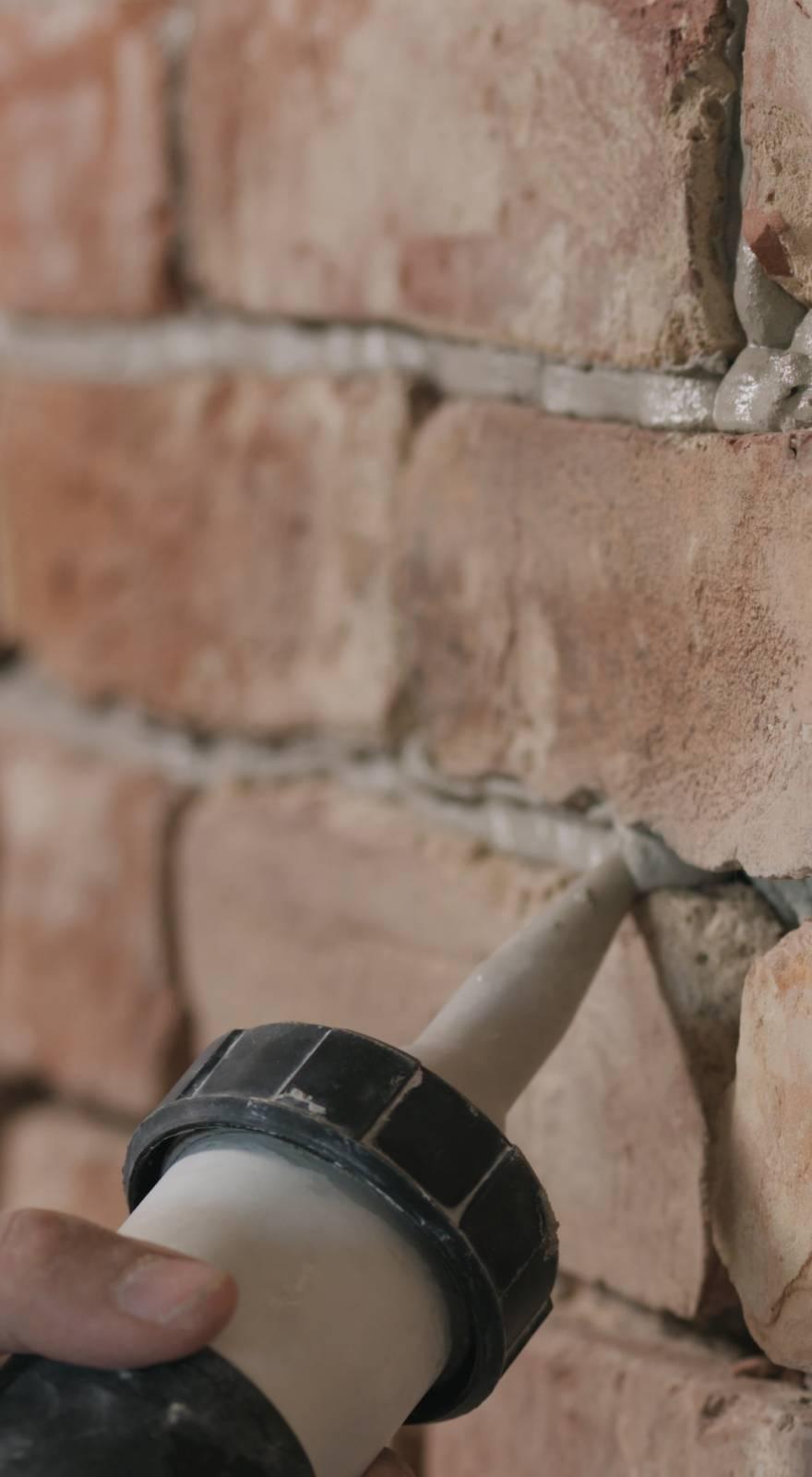Knowde Enhanced TDS
Identification & Functionality
- Product Type
- Technologies
- Product Families
Applications & Uses
- Markets
- Basic Uses
PSI-591 Primer should be used when a singlecomponent primer is needed on porous materials such as when firming up friable or sandy concrete, or on brick and stone. It also provides water resistance when PSI sealants are used on nonporous materials such as metals and plastics. Because of the wide variability of substrates, it is recommended that product performance be confirmed by pre-testing primer and sealant on project surfaces prior to use.
- Applications Limitations
- If sealant cannot be installed within 8 hours, reapply primer
- Do not apply over wet or damp substrates.
- Do not apply primer to backer rod to prevent three-sided adhesion.
- Keep can tightly closed when not in use.
- Flashpoint 50°F (10°C).
- How to use
Surface preparation
Surfaces to which primer is to be applied must be clean, dry and free of laitance, loose aggregate, mastic compounds, release agents, waterproofing compounds, oil, grease, wax, corrosion, rust and previously applied sealants. Fresh concrete should be thoroughly cured and dry before application of primer. Keep container tightly closed until ready to use. When resealing surfaces previously sealed with oil base or other mastics, remove all traces of old material. If oil has been absorbed by masonry, it may be necessary to sandblast or cut back the joints to expose clean substrate.
Application
Apply primer by brush or roller in a thin continuous film. Avoid pools, runs and drips. Primer should always be applied within the joint confines as product on exposed substrate may discolor the surface. Exposed surfaces can be masked prior to application to prevent application to non-joint surfaces. Any primer applied outside of the joint should be removed immediately with mineral spirits. Allow primer to dry completely before application of sealant. At 70°F (21°C) drying time is approximately 1 hour. PSI-591 Primer is moisture activated. Humidity levels below 50% will require longer drying times. If the primer dries more than 8 hours, reapply a thin coat of primer as described above.
Cleanup
Equipment can be immediately cleaned after use with mineral spirits or isopropyl alcohol. When using flammable solvents, consult manufacturer's SDS for safety precautions.
Properties
- Typical Properties
| Value | Units | Test Method / Conditions | |
| Consistency | Amber colored liquid | - | - |
| Density | 8.3 (0.99) | lb/gl ( g/cm3)) | - |
| Dry Time From Priming To Sealant Applicion, Dependent On Ambient Temperure And Relive Humidity | 30 minutes to 2 | hours | - |
| Open Time | 8.0 | hours | - |
| Specific Gravity | 0.8 | - | - |
| Voc Content | 6.5 (779) | lb/gl ( g/L)) | - |
Technical Details & Test Data
- Technical Service
Adhesion testing by PSI: This program is intended to eliminate potential field application problems by pre-testing the adhesion of PSI's construction sealants on samples of building materials submitted by the customer. The tests will aid in determining the proper surface preparation method, effective solvents for cleaning and whether priming is necessary to achieve optimum adhesion. Following this procedure will remove many of the variables that affect field success. Test samples should be identified as to manufacturer, origin, designed use, building project, person and firm originating the request. Appropriate sketches of drawings showing the intended use can be helpful. Contact your PSI sales representative for more information.
Jobsite testing of substrates: A field test can be performed by applying several feet of the sealant to a representative joint and letting it reach full cure. Make a cut in the cured sealant across the joint the entire depth of the sealant. Make two vertical cuts several inches long, paralleling the sides of the joint as closely as possible and extending down from the cross cut.Grasp the free length of sealant and pull at a 90° angle to determine if a good bond has developed. With good adhesion, the sealant will usually tear cohesively or be difficult to remove from the surface.
Safety & Health
- Health Precautions
Warning! Highly flammable liquid and vapor. Harmful if swallowed. Causes serious eye irritation. Causes skin irritation. Suspected of causing cancer.
Packaging & Availability
- Packaging Type
- Packaging
Available in quart can filled to 30 fl oz (887 ml).
Storage & Handling
- Shelf life and storage
Six months from date of shipment when stored in original, unopened container at temperatures between 40 and 80°F (4 to 27°C).




